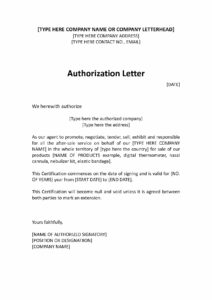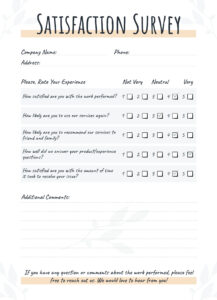A no return no refund policy is a policy that states that customers cannot return or refund products that they have purchased. This type of policy is often used by businesses that sell products that are not returnable, such as food, beverages, and tickets. It can also be used by businesses that sell products that are difficult to resell, such as custom-made products or products that have been opened or used. If you are considering implementing a no return no refund policy, it is important to carefully consider the pros and cons. On one hand, this policy can help to protect your business from losses due to returns and refunds. On the other hand, it can also alienate customers who are used to being able to return or refund products that they are not satisfied with.
If you decide to implement a no return no refund policy, it is important to clearly communicate this policy to your customers. You should post signs in your store or on your website stating that all sales are final. You should also include a no return no refund policy in your terms and conditions of sale. By taking these steps, you can help to avoid disputes with customers and protect your business from losses.
Advantages of Using a No Return No Refund Policy
There are several advantages to using a no return no refund policy. These include:
- Reduced Losses: A no return no refund policy can help to reduce losses due to returns and refunds. When customers know that they cannot return or refund products, they are less likely to purchase items that they are unsure about. This can help to reduce the amount of money that your business spends on refunds and returns.
- Increased Sales: A no return no refund policy can also help to increase sales. When customers know that they cannot return or refund products, they are more likely to make a purchase decision before they leave your store or website. This can lead to an increase in sales.
- Improved Customer Service: A no return no refund policy can also help to improve customer service. When customers know that they cannot return or refund products, they are more likely to contact your business with questions or concerns before they make a purchase. This can help to prevent problems from arising later on.
Disadvantages of Using a No Return No Refund Policy
There are also several disadvantages to using a no return no refund policy. These include:
- Lost Sales: A no return no refund policy can also lead to lost sales. Some customers are simply not comfortable purchasing products that they cannot return or refund. This can lead to lost sales for your business.
- Negative Customer Reviews: A no return no refund policy can also lead to negative customer reviews. When customers are unhappy with a product that they have purchased, they are likely to leave a negative review online. This can damage your business’s reputation and make it more difficult to attract new customers.
- Legal Issues: In some cases, a no return no refund policy may be illegal. For example, in some states, it is illegal to sell products without a warranty. If you are considering implementing a no return no refund policy, it is important to check the laws in your state to make sure that it is legal.
Conclusion
A no return no refund policy can be a useful tool for businesses, but it is important to weigh the pros and cons carefully before implementing one. If you decide to implement a no return no refund policy, it is important to clearly communicate this policy to your customers and to be prepared to deal with any disputes that may arise.
By following these tips, you can help to ensure that your no return no refund policy is effective and does not alienate your customers.
FAQ
Is it legal to have a no return no refund policy?
The legality of a no return no refund policy varies from state to state. In some states, it is illegal to sell products without a warranty. In other states, businesses are allowed to implement no return no refund policies as long as they clearly communicate this policy to their customers.
What are some common exceptions to a no return no refund policy?
There are a few common exceptions to a no return no refund policy. These exceptions typically include:
- Defective products: Customers may be able to return or refund defective products.
- Products that are not as described: Customers may be able to return or refund products that are not as described on the product label or website.
- Products that are damaged in shipping: Customers may be able to return or refund products that are damaged in shipping.
How can I communicate my no return no refund policy to my customers?
There are a few ways to communicate your no return no refund policy to your customers. You can:
- Post signs in your store: If you have a physical store, you can post signs stating that all sales are final.
- Include a no return no refund policy in your terms and conditions of sale: You can include a no return no refund policy in your terms and conditions of sale. This policy should be clearly visible to customers before they make a purchase.
- Add a no return no refund policy to your website: If you sell products online, you can add a no return no refund policy to your website. This policy should be clearly visible to customers before they make a purchase.


